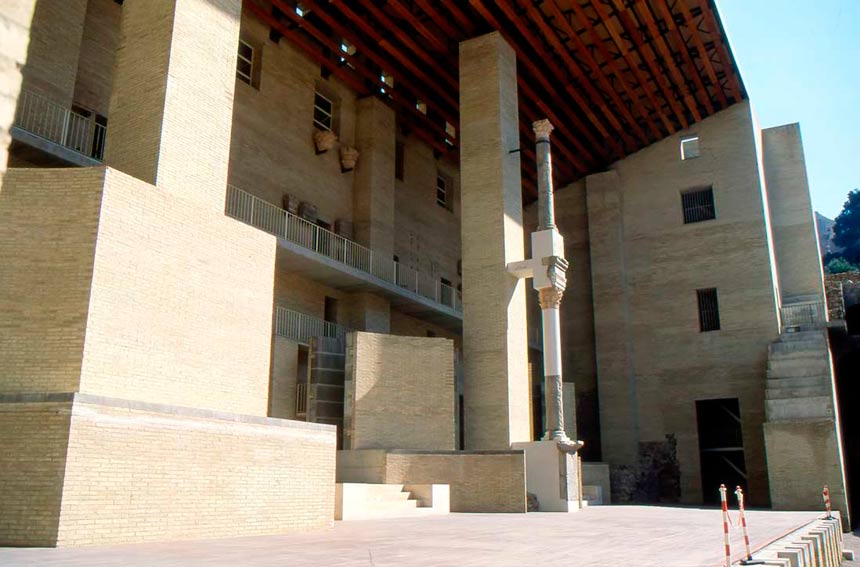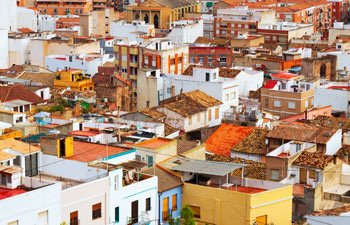The Sagunto Roman Teather is one of the most important monuments of the city and the east coast; it was one of the first monuments to be added to the list of National Monuments in 1896.
Dated in the year 50 A.D. it quickly became a symbol of civic pride of the true essence of Rome, with political and propagandistic symbolism. It was built at the foot of the castle-shaped chamber with a capacity for 10,000 spectators, today after restoration, the capacity is 8,000 spectators.
Like many other buildings of Roman origin, the Sagunto Roman Teather has a perfect sonority. It is thanks to being built in a concavity of the terrain. In it are held shows, concerts and various musical acts such as Festival de Verano de Sagunto http://teatres.gva.es/festivales/festival-d-estiu Sagunto. The formation of Sagunto amphitheater is the classic. It has 90m in diameter and it is divided into three parts; scaenae, cavea and the 7m orchestra with three tiers of poedria, intended for distinguished personages of the city.


The Controversial restoration of Sagunto Roman Teather .
In the course of the centuries, when there was no historical consciousness, the bleachers stones were used to build the castle and some houses in the village. In 1992 was carried out the rehabilitation. Decisions taken by the administration regarding the restoration of the Roman Theatre in Sagunto have not been free of controversy. As experts say, it has nothing to do with the initial enclosure, inevitably destroying the Roman ruins and for more than 20 years there has been a dispute, ratified by the Supreme Court in which the theater should be returned to its original state of ruin. Now, the situation is blocked by bureaucratic matters and is not known if this amazing resolution will finally take place. Whatsoever, it is a recommended visit.

Enjoy this video with an aerial view of the Sagunto Roman Teather





